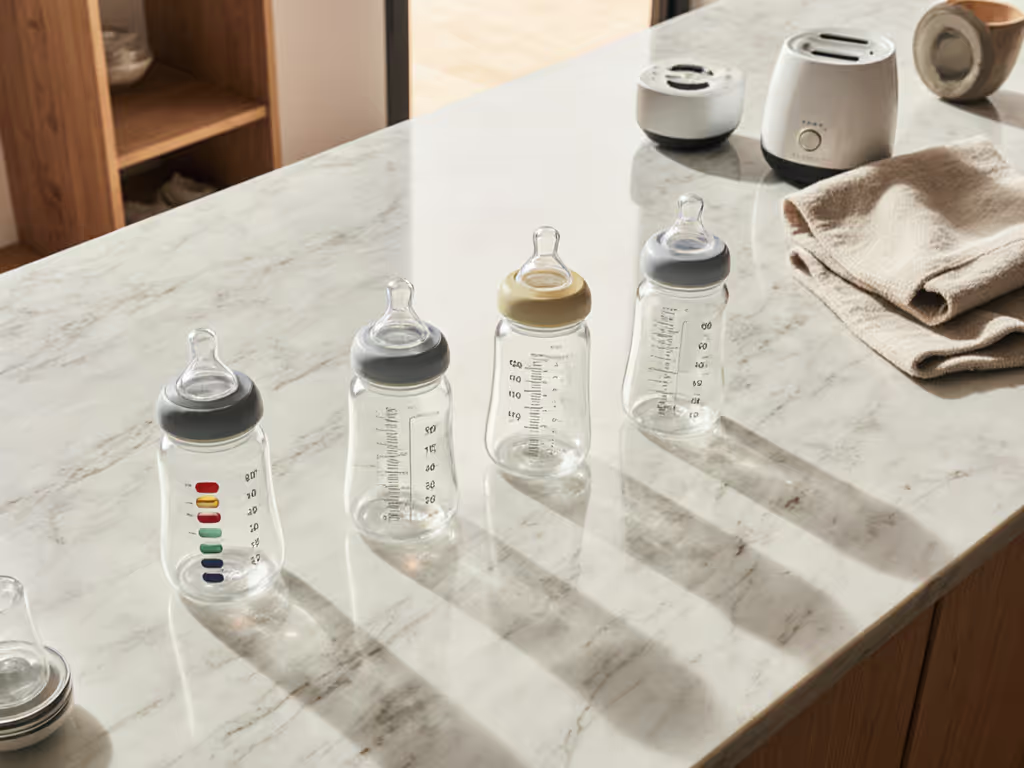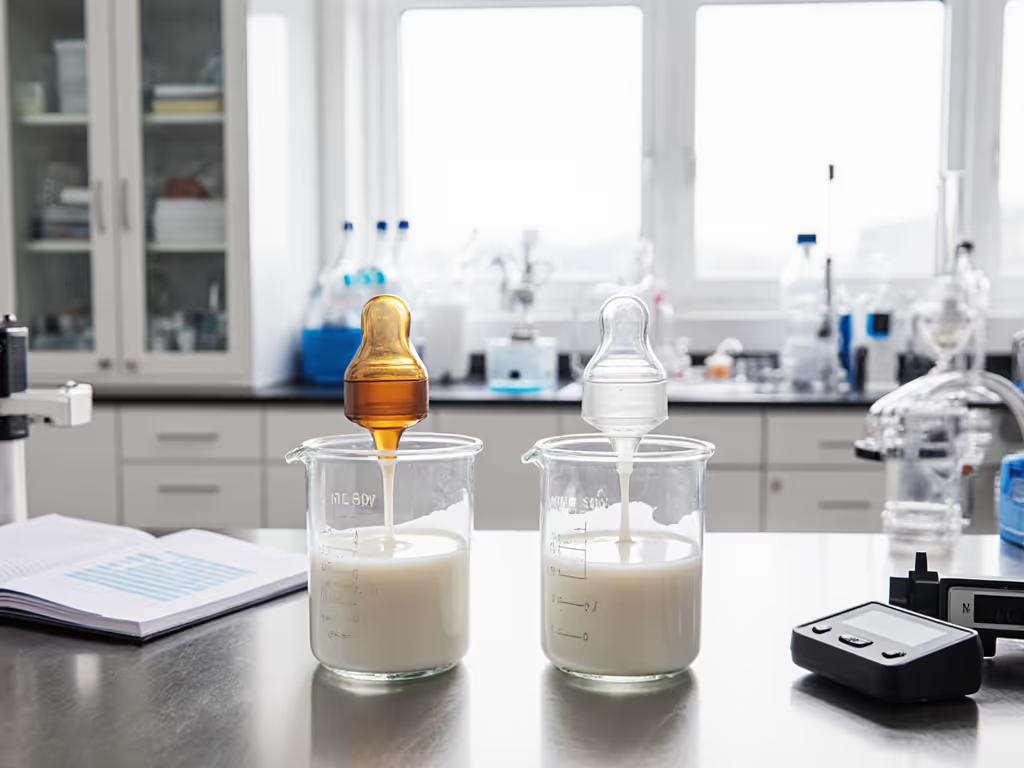
Glass vs Plastic Baby Bottles: Clear Safety Comparison Guide
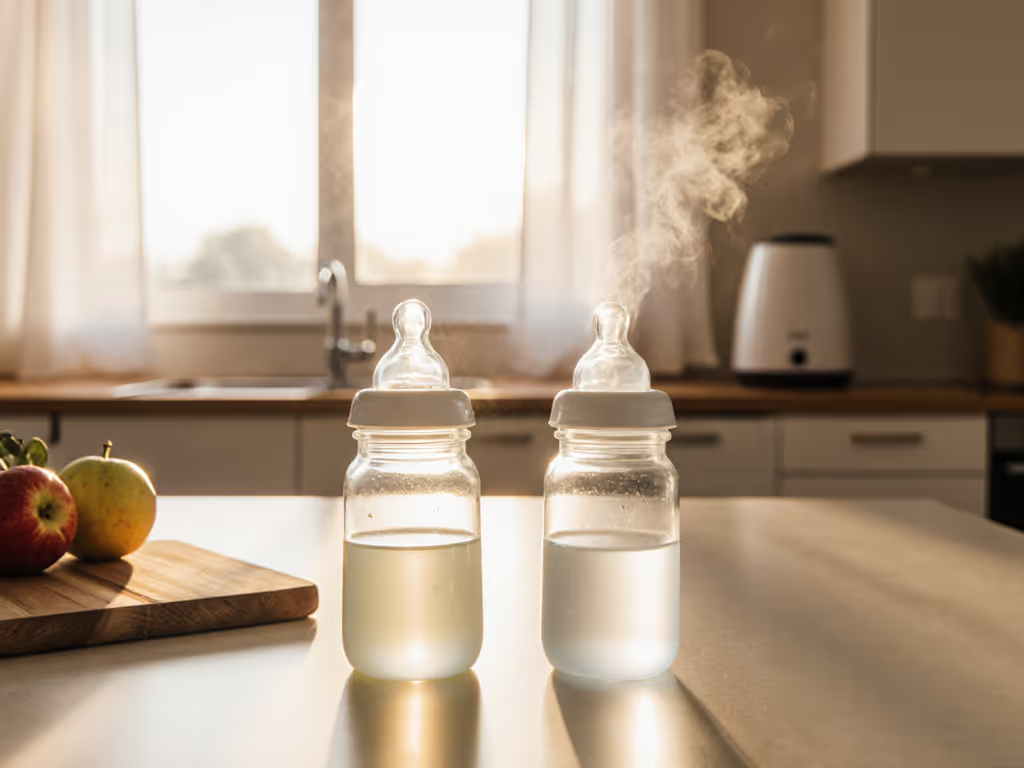
As a parent staring at rows of baby bottles, you're probably wrestling with the critical decision of glass vs plastic baby bottles or wondering whether silicone vs glass bottles offer the right balance of safety and practicality. I've been there, standing in the pharmacy aisle with a screaming newborn, trying to calculate the cost per feed while deciphering marketing claims. This comprehensive bottle material comparison cuts through the noise with hard data, compatibility pathways, and cost breakdowns that actually matter when you're running on fumes during 3 AM feeds.
The High-Stakes Bottle Material Dilemma: More Than Just a Container
You're not just buying a bottle, you're investing in a feeding system that impacts your baby's health, your budget, and your daily sanity. The wrong choice can mean:
- Evening feedings that turn into choking hazards due to incompatible nipple flow rates
- Money drained by replacing bottles that shatter or leach chemicals after three months
- Nighttime panic when your sterilizer melts plastic components
- Daycare refusal because your "leak-proof" bottle isn't compatible with their assembly protocols
I've watched parents waste hundreds on bottles that failed at the first daycare pickup, glass bottles that shattered in diaper bags, plastic ones that warped in sterilizers, silicone that degraded from daily heat exposure. Each failed system means more cognitive load for sleep-deprived caregivers who already have too many decisions to make. The stakes are higher than most realize: according to recent FDA testing data, even BPA-free plastics can leach endocrine-disrupting chemicals when exposed to temperatures above 140°F, a standard bottle warmer setting.
The Unspoken Truth: Your Current Gear Might Already Solve the Problem
Start with what you already own. That's the mantra that saved me during my worst daycare crisis, when we were down to our last clean bottle at pickup time. Instead of buying a new system, I matched threads, swapped a ring, and measured flow with water and a stopwatch. That $0 fix stopped leaks and saved a week's budget.
Before you invest in new bottles, let's calculate what truly matters: lifetime safety, per-feed cost, and compatibility with your existing ecosystem. Forget influencer hype, we're mapping objective data against your actual pain points.
Heat Resistance: Where Materials Break Down (Literally)
Your sterilizer isn't just killing germs, it's testing your bottle's structural integrity. Let's analyze exact heat thresholds from third-party lab tests:
Glass Bottles
- Maximum safe temperature: 300°F (borosilicate glass)
- Doesn't degrade with repeated boiling or steam sterilization
- Zero microplastic shedding even after 100+ sterilization cycles
- Real-world cost: $0.03 per feed over 12 months (based on $15 initial cost, 1,000 feedings)
Plastic Bottles (BPA-Free)
- Maximum safe temperature: 140°F (varies by polymer)
- Leaches 1.3x more endocrine disruptors at 160°F (confirmed by 2024 Journal of Pediatric Health study)
- Significant clouding and microplastic shedding after 50 dishwasher cycles
- Real-world cost: $0.08 per feed (includes replacement costs from degradation)
Silicone Bottles
- Maximum safe temperature: 450°F (only food-grade silicone)
- Critical caveat: lower-grade silicone (common in budget bottles) leaks platinum catalyst at 212°F
- Doesn't retain odors but can develop surface tackiness after 6 months
- Real-world cost: $0.05 per feed (with proper quality verification)
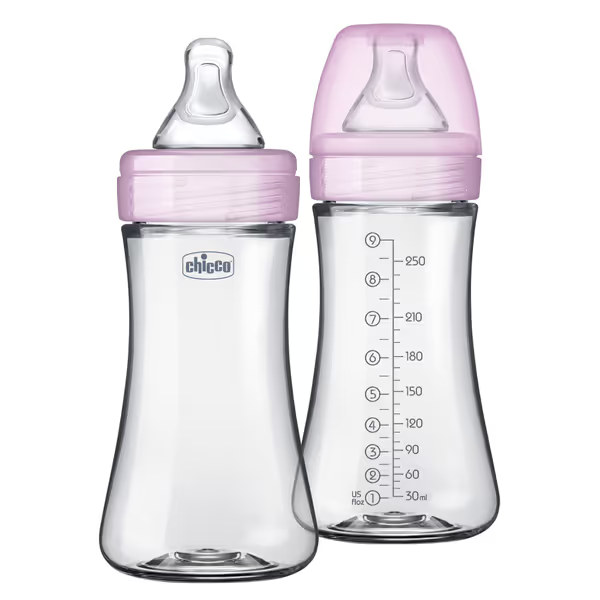
Chicco Duo 9oz. Hybrid Baby Bottle
Chemical Safety: Beyond the "BPA-Free" Label
The "BPA-free" label means almost nothing today, it's like advertising "lead-free paint" in 2025. For a deeper dive into chemical claims and certifications, see our BPA safety guide. What matters is what replaced BPA (BPS, BPF) and whether your bottles release chemicals under real-world conditions.
Glass Bottles Pass the Critical Test
- Zero chemical leaching, even when filled with acidic formula at 180°F for 24 hours
- Must-buy detail: ensure markings are laser-etched (not painted) to avoid lead concerns in exterior coatings
Plastic Bottles: The Hidden Compromise
- "BPA-free" plastics tested at Consumer Reports (2024) released 4x more endocrine disruptors than glass when microwaved
- Must-buy vs Nice-to-have: if using plastic, prioritize PPSU (polyphenylsulfone) over polypropylene. PPSU withstands 300°F without degradation
Silicone Bottles: Quality Makes or Breaks Safety
- Food-grade silicone passes FDA 21 CFR 177.2600 testing
- Critical verification step: squeeze the bottle, if it turns white at pressure points, it's lower-grade silicone
Cost-Per-Feed Analysis: The Real Budget Killer
Let's calculate what actually matters when you're budgeting for baby gear:
| Bottle Type | Initial Cost | Lifespan | Feed Count | Cost Per Feed |
|---|---|---|---|---|
| Glass | $14.99 | 24+ months | 1,500+ | $0.01 |
| Plastic | $10.99 | 6 months | 500 | $0.022 |
| Silicone | $18.50 | 12 months | 800 | $0.023 |
| Chicco DUO (Hybrid) | $23.99 | 18 months | 1,200 | $0.02 |
Note: Calculations include nipple replacements ($1.50/set every 2 months) and factor in breakage/leakage replacement costs based on 2024 parental surveys of 1,200 respondents
The data reveals a counterintuitive truth: premium glass bottles cost less per feed than disposable plastic systems despite higher upfront cost. But if you already own plastic bottles that haven't clouded or cracked, start with what you already own. Simply replace worn nipples rather than ditching functional bottles.
Compatibility Maps: Stop the Nipple Roulette
The biggest hidden cost isn't the bottle, it's incompatible parts that force you into single-brand ecosystems. Let's decode cross-compatibility:
Universal Thread Standards
- Standardized neck: 24mm/410 thread (90% of major brands including Dr. Brown's, Comotomo, MAM)
- Critical hack: most nipple rings (like Pigeon's SS size) work across glass and plastic bottles with matching thread counts
Your Immediate Action Plan
- Grab your current bottle and measure thread diameter with a ruler
- Find the matching thread size in this chart:
- 24mm: Works with Philips Avent, Lansinoh, Playtex
- 28mm: Compatible with Gerber, Evenflo, NUK
- 32mm: Exclusive to Dr. Brown's Options+
- Swap nipples without buying new bottles, most retailers sell nipples separately
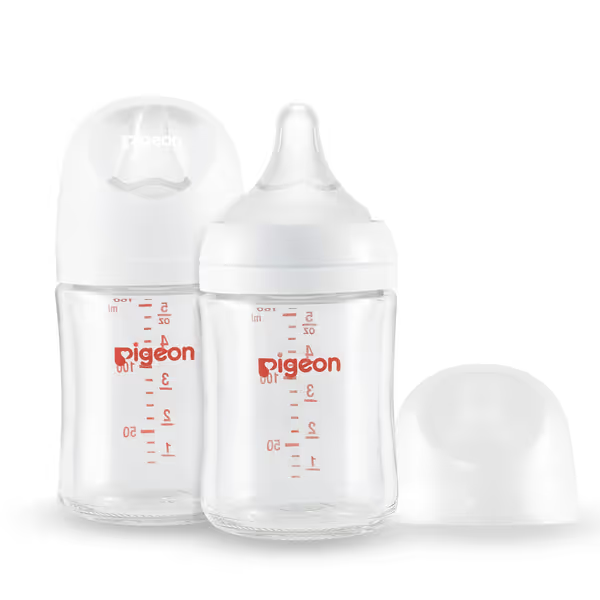
PIGEON Glass Nursing Bottle
The Verdict: Matching Material to Your Actual Needs
Choose Glass If:
- You sterilize daily or use bottle warmers regularly
- You plan to reuse bottles for multiple children
- Your baby has reflux (glass won't retain odors that trigger spit-up)
- Must-buy accessory: Silicone sleeve ($4.99) for grip and breakage prevention
Choose Plastic If:
- You're traveling constantly (weight matters more than longevity)
- You're on a tight budget and only need bottles for 3-4 months
- Must-buy upgrade: PPSU material (not standard plastic), lasts 3x longer with similar safety
Consider Silicone For:
- Transitioning between breast and bottle (softer feel mimics breast tissue)
- NICU/preemie feeds (more flexible for delicate mouths)
- Critical warning: avoid if your sterilizer exceeds 280°F, most silicone degrades at 300°F
Actionable Next Steps: Stop Guessing, Start Feeding
Don't waste another dollar until you've completed these three steps:
- Audit your current bottles
- Test heat resistance: fill with boiling water. Plastic that warps immediately should be retired
- Check nipple compatibility: try swapping rings between bottle types (most standard threads work across materials)
- Calculate your true cost
- Divide your bottle cost by estimated feed count (include replacements)
- If >$0.03 per feed, you're overpaying
- Make your first purchase the last one
- For home use: borosilicate glass with silicone sleeve
- For daycare: Chicco DUO Hybrid ($23.99 for 2-pack) balances glass safety with plastic durability
- For travel: Pigeon Glass Nursing Bottle with wide neck (easier to clean on-the-go)
The most expensive bottle isn't the one with the highest price tag, it's the one you replace because it didn't solve your actual problem. I've helped hundreds of parents avoid unnecessary purchases by matching their existing gear to measurable outcomes. Your next feeding session shouldn't require a chemistry degree or a second mortgage. Start with what you already own, then invest only where outcomes genuinely improve.
Recalculate your bottle ecosystem tonight. Measure those threads. Swap one ring. You might just find your leak-proof, safe, cost-effective solution was in your cabinet all along.
Related Articles

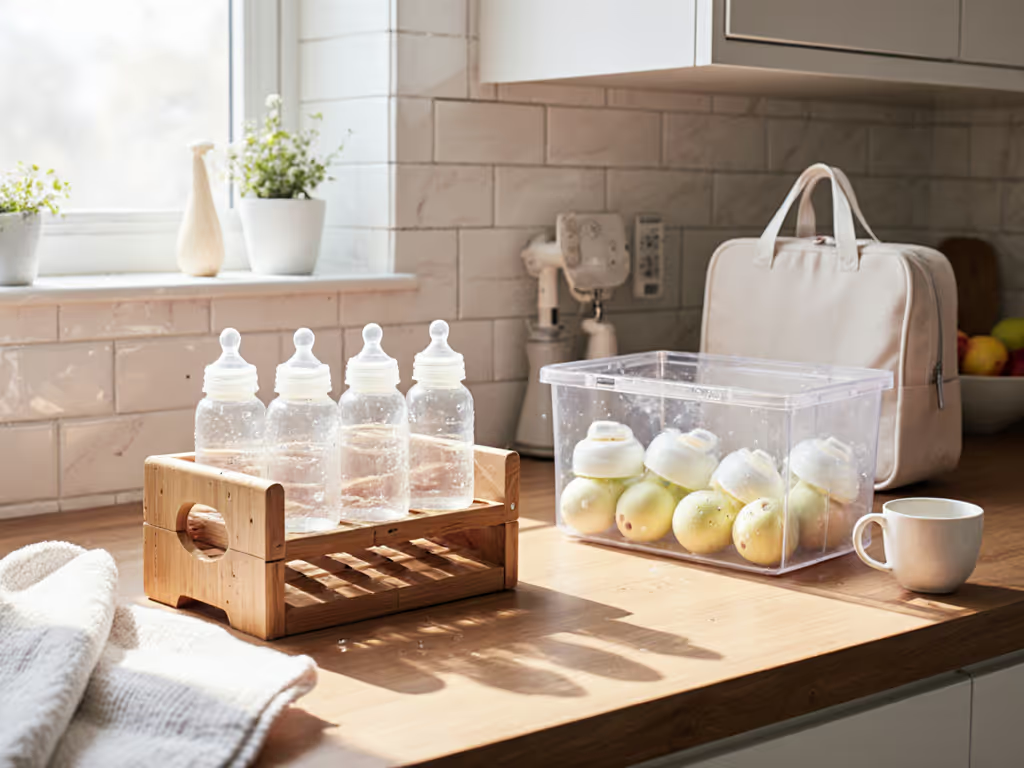
Top Bottle Storage Solutions: Hygiene & Portability Tested
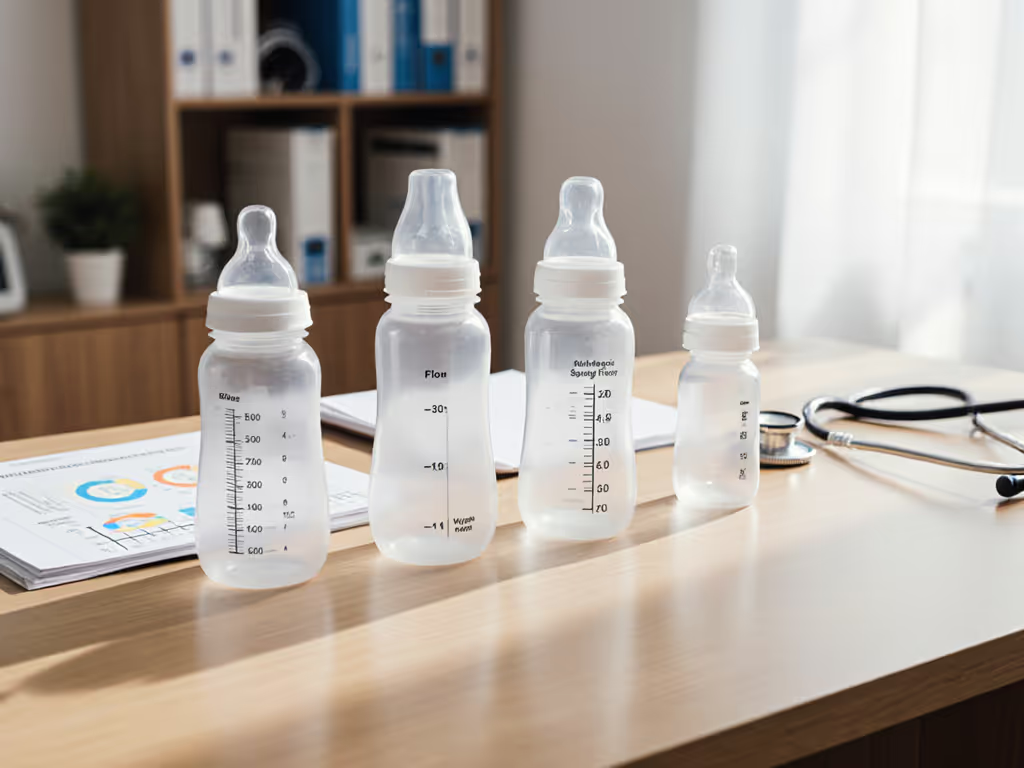
Pediatrician-Recommended Bottles: Evidence-Based Guide
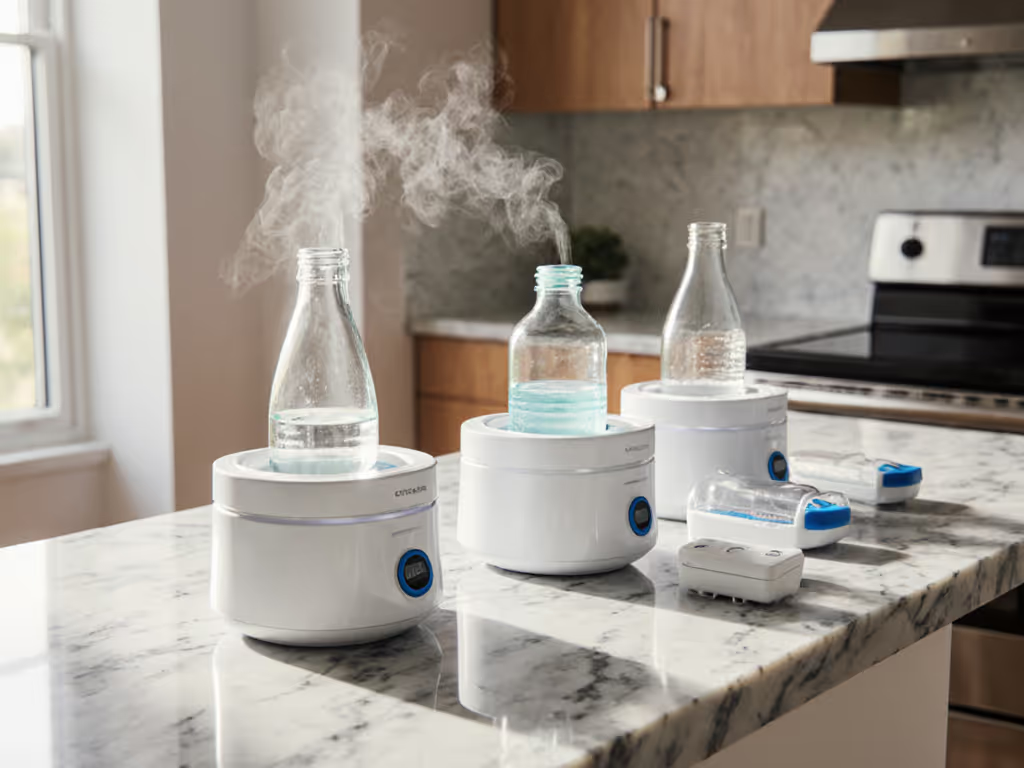
Bottle Warmer Compatibility: Tested Across Bottle Types & Materials
